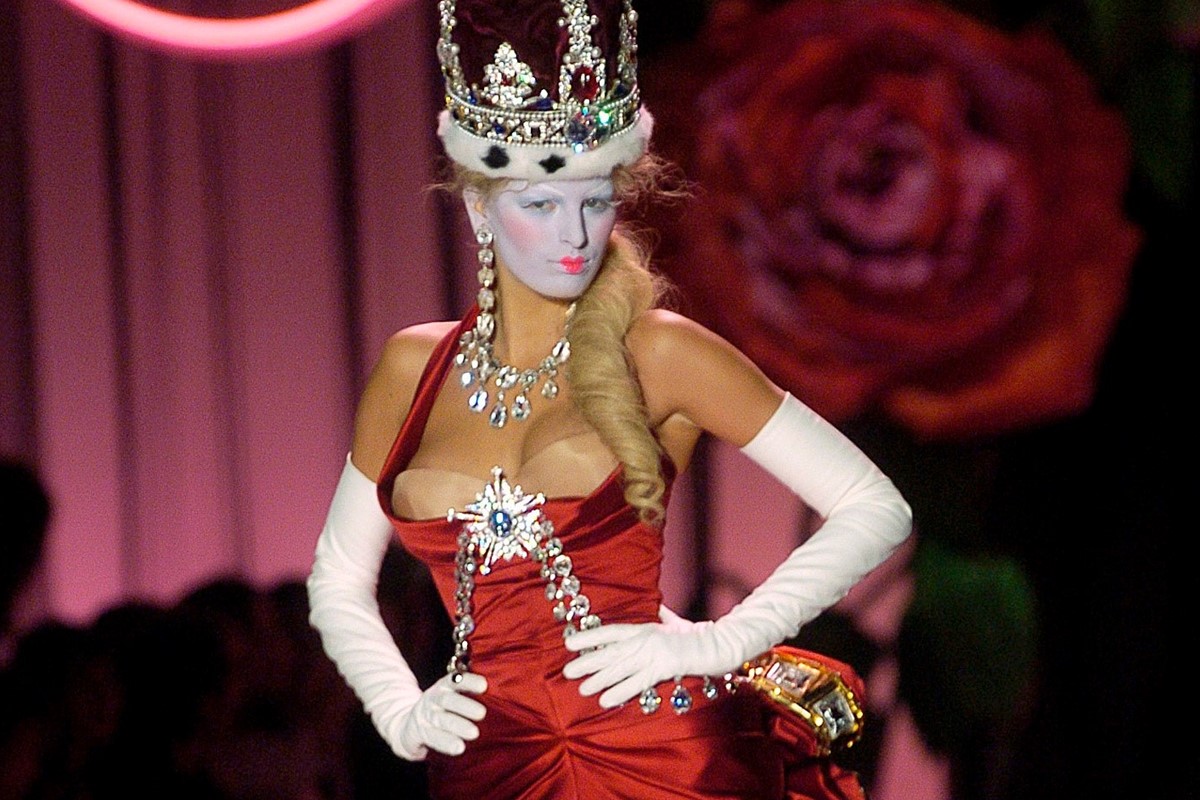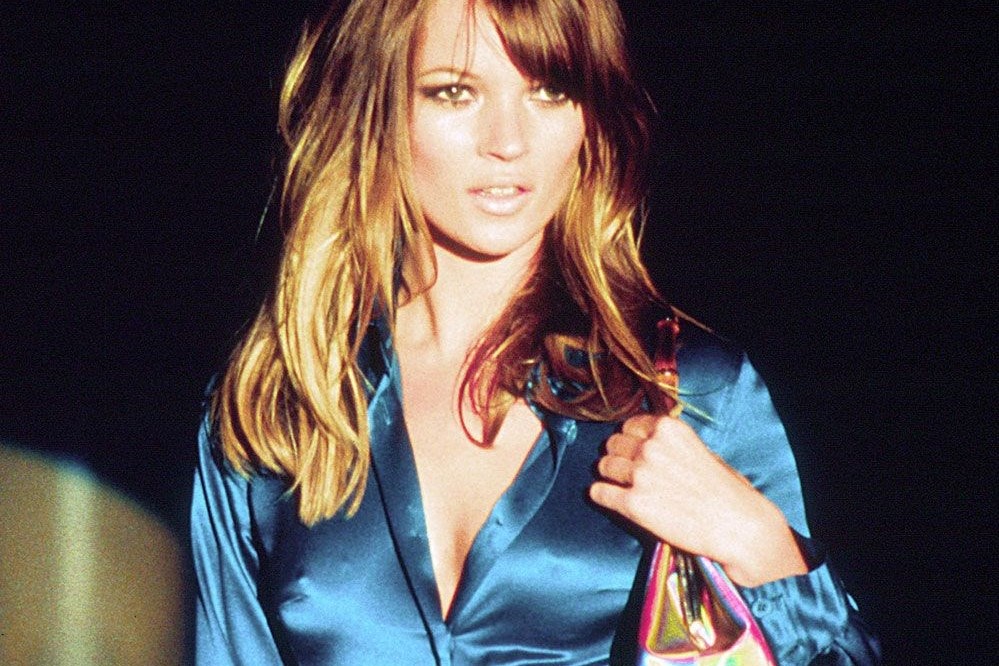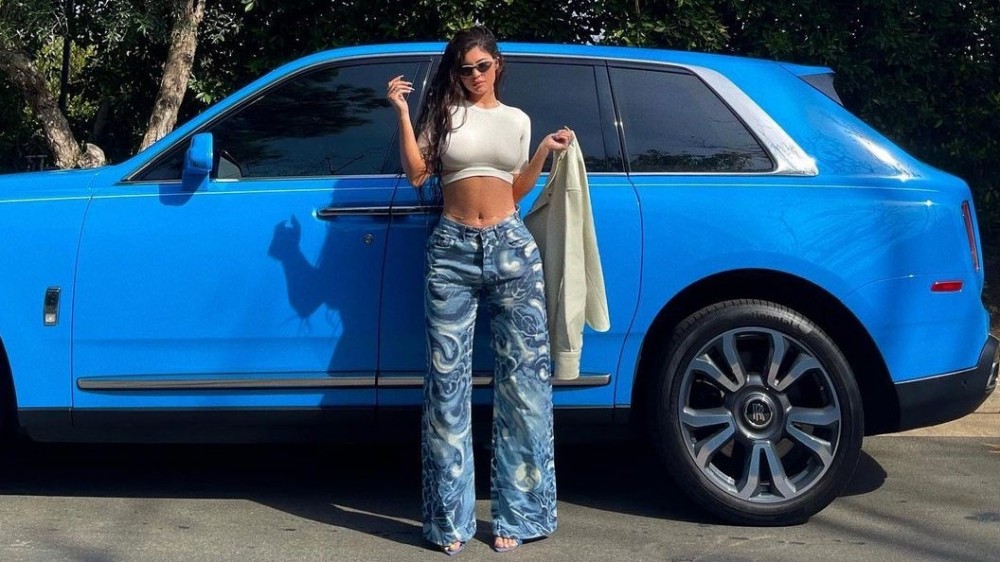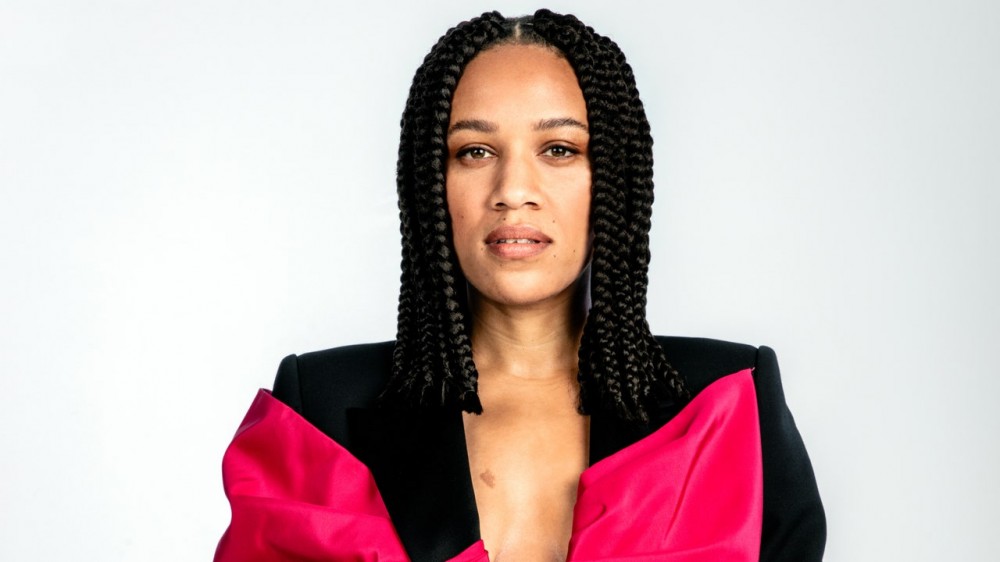
Six of John Galliano’s wildest moments at Dior
Bookended by controversy, the designer’s madcap tenure at the French fashion house is the subject of a 448-page tome
At 4:30pm on January 21, 1996, John Galliano made history as the first British designer to present a collection at a French fashion house since World War II. His time at Givenchy was fleeting but the appointment marked a turning point for the industry as he ushered a generation of disobedient, upstart designers into the upper echelons of Haute Couture – among them Alexander McQueen. Within 12 months, LVMH had poached Galliano, with the 15 years he subsequently spent at the helm of Dior cementing his status as one of the most terrifying, sensitive, and chaotic of contemporary canon.
Some 20 years later and Galliano’s Dior feels even more feral than it was back then, a period of ferocious creativity that lives on decontextualised and detached through Twitter threads and archival Instagram accounts. Seeking to remedy this is a new 448-page tome chronicling Galliano’s tenure, which is the fifth volume in an Assouline series tracing Dior’s journey into the present day. It wasn’t always meant to be like this, though. Coming from an illustration background, Galliano had no real desire to create clothing until Sheridan Barnett, a tutor at Central Saint Martins, pushed him to make a graduate collection.
Having spent his degree being romanced by vintage cartoons of bawdy Marie Antoinettes and Parisian prostitutes, Galliano saw fashion as the embodiment of storytelling. And what he lacked in technical prowess (he once famously used red wine as fabric dye), he more than made up for in imagination. Flanked by Pat McGrath and Philip Treacy, he was the first designer to make a theatre of the catwalk, sending his lavish terrors and overblown heroines through jumbo sets and shuddering house music – which Anna Wintour despised, naturally. It was a time when models flounced, prowled, and actually posed on the catwalk and Galliano encouraged “the girls” to think of themselves as characters, not clothes hangers.
From Madame Butterfly, to Versailles, to Opera Garnier, Galliano staged heart-racing odysseys of escapee princesses and gypsy queens. And while he was responsible for some of the most commercially successful pieces of the era – bias cut slips, newspaper prints, and, of course, the Saddle bag – his dedication to fantasy and spectacle was like a gulp of fresh air. As his collections traversed place and time, so too did he, shedding wigs, make-up, and costumes at the turn of each season. Because as he said, “fashion is above all an art of change” – a philosophy he made flesh. Below, we take a look at some of the wildest moments to come from Galliano’s time at Dior. Just, you know, not that one.
Dior John Galliano 1997-2011 is available for pre-order ahead of its official release on February 15



